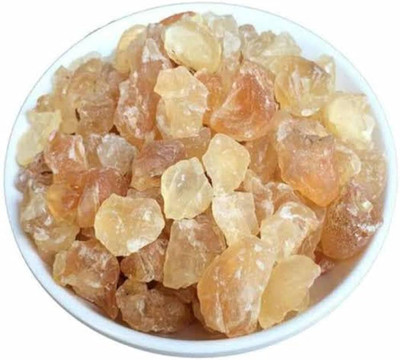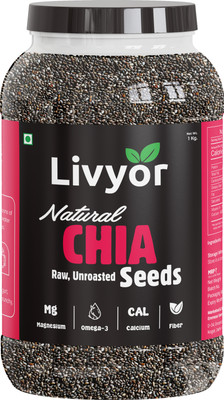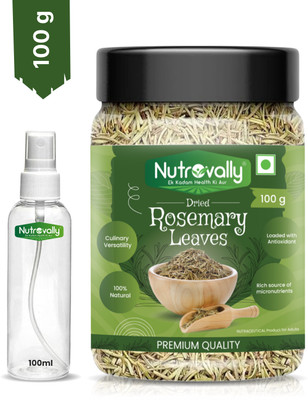
WILLVINE High Yield - Super Delicious Cilantro Seeds - Coriander Seeds Seed (1000 per packet)
Share
WILLVINE High Yield - Super Delicious Cilantro Seeds - Coriander Seeds Seed (1000 per packet)
Be the first to Review this product
Special price
₹499
₹1,999
75% off
Coupons for you
T&C
Available offers
T&C
T&C
Delivery
Check
Enter pincode
Delivery by24 May, Saturday|Free
?
if ordered before 9:59 AM
View Details
Highlights
- Seed Type: Herb
- Suitable For: Outdoor
- Organic Plant Seed
- Seed For: High Yield - Super Delicious Cilantro Seeds - Coriander Seeds
- Quantity: 1000 per packet
Services
- Cash on Delivery available?
Seller
Description
Coriander has long been used as a garnishing agent in almost all cuisines the world over. But there is so much more to coriander than just being an ingredient with a strong and much-loved aroma. Both a herb and a spice, coriander belongs to the Apiaceae family of flowering plants that also includes celery, carrot, and parsley. With origins in Southern Europe, Northern Africa, and South-Western Asia, it is mainly the fresh leaves and dried seeds in powder form that are consumed. The delicate looking and lush coriander plant is packed with extremely beneficial nutrients that both protect and regulate body functions. From being considered anti-diabetic to controlling cholesterol and free-radical production, the coriander does it all. Its healing properties are also said to be anti-inflammatory in nature. So now you know, coriander is not just a seasoning condiment but also particularly an excellent source of Vitamin A, C, K, calcium, manganese, magnesium and dietary fibre.PLANTING INSTRUCTIONS
Plant coriander in spring after the last frost date or during fall. Do not grow in the summer heat as the plant will dry off. When the weather becomes warm, the plant will rapidly complete its life cycle and send up a long stem which will bring forth blossoms.
Plant the seeds in light, well-drained soil and space them 1 to 2 inches apart. Sow the seeds at 3-week intervals for continued harvest.
Space rows about 12 inches asunder.
It is important to keep seeds moist during their germination.
GROWING REQUIREMENTS
WATERING
Water the seedlings regularly throughout the growing season. They require about 1 litre of water per week for best growth.
PESTS
Coriander can be prone to the following pests- Fungal wilt, Leaf hoppers, Aphids, Mildew. Yellow leaves, water-soaked lesions on fruit, stunted growth, sooty mold caused by secretion of sticky substance called honeydew, shallow, dry wounds of fruits, etc are possible effects of these pests attack.
SOIL
Coriander prefers a loamy soil with an optimum pH range of 6 to 8.
SPOT
Requires full exposure to the sun. Choose a spot where it receives early morning or late afternoon sun, but be shaded during the hottest part of the day.
Read More
Specifications
In The Box
|
General
| Brand |
|
| Model Name |
|
| Quantity |
|
| Common Name |
|
| Suitable For |
|
| Type of Seed |
|
| Organic |
|
| Uses |
|
| Soil Nutrient Requirements |
|
| Net Quantity |
|
Additional Features
| Other Features |
|
Be the first to ask about this product
Safe and Secure Payments.Easy returns.100% Authentic products.
Back to top








